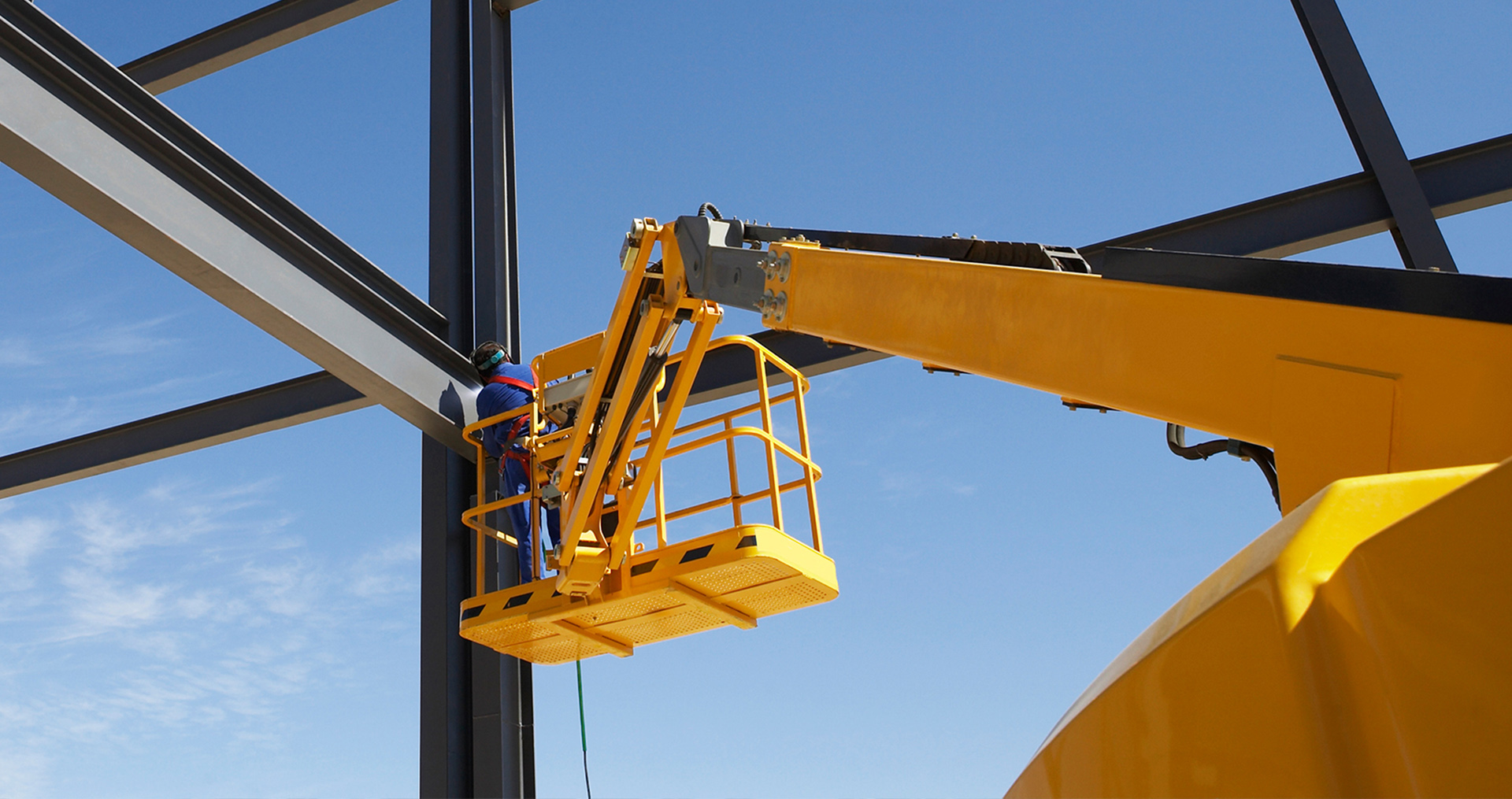Energy can be significantly reduced by controlling the speed of exhaust and makeup-air fans through variable speed drives (VSDs) based on input signals from temperature probes placed within the exhaust duct collars. Demand controlled kitchen ventilation systems often reduce fan energy by more than 50%. In addition, conditioning loads in these spaces can be reduced by 20% or more.
Overview
Hoods and associated exhaust and makeup-air fans are among the largest consumers in a commercial kitchen. Commercial kitchen hoods typically operate at 100% capacity even when they can safely be turned down. VSDs, also known as variably frequency drives (VFDs), adjust the output speed of a motor to meet the demand of the system, reducing energy use. VSDs also have built-in soft start capability, which extends the life of the motor. Installing a VSD/VFD on exhaust and/or makeup-air fans will save energy in HVAC systems by controlling the amount of exhaust and makeup-air.
Incentives
An incentive of $250 per hp is available through Idaho Power’s Commercial and Industrial Energy Efficiency Program for installing a VSD/VFD on kitchen exhaust and/or makeup-air fan motors in place of constant speed motors.
The hood’s control system must sense cooking conditions (e.g., smoke, steam, heat), which allows the system to automatically vary the rate of exhaust and makeup-air fan speed accordingly.
To qualify, VSD/VFD must be installed on variably-loaded electric motors, that are not required by code for new construction. All VSD/VFD installations must comply with Idaho Power’s Rule K “Practices and Requirements for Harmonic Control”.
Payback
Dependent on the size of motor plus additional savings from reduced building heating and cooling losses, a typical payback after incentive is less than one year.
